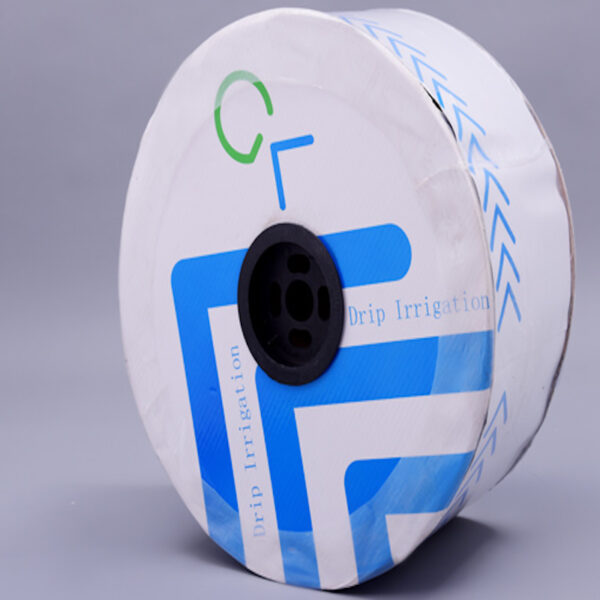What are the common maintenance tasks required for a drip irrigation kit?
Maintaining a drip irrigation kit is essential to ensure its efficient operation and longevity. Here are some common maintenance tasks required for a drip irrigation kit:
Regular System Inspection:
Periodically inspect your drip irrigation system to identify any leaks, clogs, or damaged components. Check the main supply line, distribution tubing, emitters, fittings, and connectors for any signs of wear or damage.
Flushing the System:
Flushing the system helps remove any sediment, debris, or mineral deposits that may accumulate over time and clog the emitters or tubing. To flush the system, remove the end cap or flush valve at the end of the distribution line and open the water supply briefly to allow water to flow through and flush out any contaminants.

Cleaning Emitters:
Emitters are prone to clogging due to sediment or mineral buildup. Regularly inspect the emitters and clean them as needed. Remove clogged emitters and soak them in a cleaning solution specifically designed for drip irrigation systems. Use a soft brush or toothpick to remove any debris or deposits from the emitter openings.
Adjusting Emitters:
Periodically check the output of the emitters to ensure they are delivering the desired amount of water. Adjust the flow rate or replace emitters as needed to ensure uniform watering of plants.
Repairing Leaks:
Inspect the entire system for leaks, including at connection points, fittings, and emitters. Repair any leaking components by replacing damaged fittings, connectors, or tubing. Use appropriate sealing material (such as Teflon tape) to ensure a tight and leak-free connection.
Winterizing:
If you live in an area with freezing temperatures, it’s important to winterize your drip irrigation system to prevent damage. Before winter arrives, drain the system completely and remove all water from the tubing and emitters. You can use compressed air or a manual drain valve to remove excess water.
Protecting the System:
Take precautions to protect the drip irrigation system from physical damage. Avoid running over the tubing with lawnmowers or heavy equipment. Use mulch or protective barriers around the tubing to prevent damage from sunlight, animals, or foot traffic.
Monitoring Water Pressure:
Ensure that the water pressure in your system is within the recommended range for optimal performance. Excessive pressure can cause damage to the system, while low pressure may result in inadequate water distribution. Use a pressure regulator if necessary to maintain the desired pressure level.
Following Manufacturer’s Guidelines:
Always refer to the manufacturer’s guidelines and recommendations for maintenance specific to your drip irrigation kit. They may provide additional instructions or precautions based on the design and components of your system.
Regular maintenance and inspection of your drip irrigation kit will help identify and address any issues promptly, ensuring efficient water delivery to your plants and extending the lifespan of the system.
